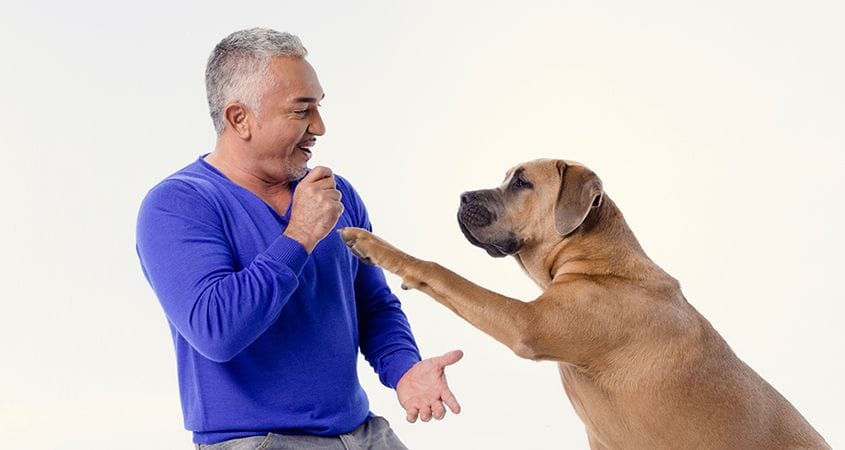Change the Narrative with Training Your Dog
When I’m working with someone to figure out why their dog is misbehaving, I listen very carefully to their words. Not the words they use with their dog, but the words they use to describe the problem to me.
I’ve written before about how people can sabotage their own efforts by looking at things in terms of “I can’t do it.” This is because, whether we’re aware of it or not, our energy is reflected in our word choices.
There is an enormous difference between “I’m going to walk the dog” and “I have to walk the dog.” The first is an adventure. The second is an obligation. But words don’t just reflect energy, they indicate perception — and there’s one misperception I hear from people all the time.
This one results in phrases about our dogs like, “She won’t let me walk her” or “He won’t get down from the couch when I ask him to.” They may seem like simple statements of fact, but let’s look a little bit closer at what they’re really saying.
The clue is in a tiny but powerful word. It’s so powerful that it’s actually two words. “Won’t.” As in “Will not.” And in both these sentences, the dog is “saying” it.
“I will not…”
Will isn’t just a verb. I’m sure you’ve heard expressions like “Where there’s a will, there’s a way” or “willpower.” In a dramatic news story about someone surviving a disaster, you may see a phrase like, “She willed herself to crawl three miles with two broken legs.”
Will is a powerful force that motivates actions — or blocks them. And when you think your dog is telling you “I will not,” then you’ve created a narrative in which the dog is the Pack Leader.
The problem in looking at the misbehavior this way is that it makes the human helpless. The dog is in the driver’s seat and nothing is going to change until the dog decides to let the human get what they want.
That isn’t going to happen as long as the dog knows she’s going to get what she wants.
How to Change the Behavior
In order to figure out how to change the behavior, you first have to change the original sentence. So instead of saying “He won’t get down from the couch when I ask him to,” put it in the positive. “He will get down from the couch when (fill in the blank.)”
The trick is figuring out what goes in that blank, and this can be trial-and-error. Maybe your dog will get down if you’re standing in the other room holding a treat. Maybe she’ll get down if you rattle a can of pennies. Maybe she’ll get down if you just go over and sit on the couch to claim it.
Eventually, if you make the association strong enough, you won’t even need to ask your dog to do something. Instead, when they think about doing the undesired behavior, it triggers the memory that something is going to happen. It will either be something they want, like a treat, or something they don’t, like a noise. Although they don’t express it in words, you’ve changed your dog’s inner narrative to “When I don’t do that thing, a good thing happens” or “When I do that thing, a bad thing happens.”
Your outer narrative changes as well, from “He won’t get down from the couch when I ask him to” to “When I want my dog to get down from the couch, he does.”
The mistake people too often make is assuming that a dog has a constant and permanent “want’ for something. In reality, it’s not that difficult to distract or redirect a dog from that want. The ball that was the only object in the world a minute ago winds up forgotten when you pick up the food bowl.
The challenge is finding the right action or thing to redirect your dog from “I won’t” to “I will — for you.” Sometimes it’s easy, like when the dog is somewhere she shouldn’t be or is being too excited and jumping. Sometimes it’s harder, like when the dog seems afraid of everything or shows unexpected aggression. But 99.9% of the time, there is something that will do the trick and change the narrative.
Your dog is only the boss if you put them in that role in your head. The first step to regaining your position as Pack Leader is to stop seeing your dog as one.
Stay calm, and turn “won’t” into “will.”











